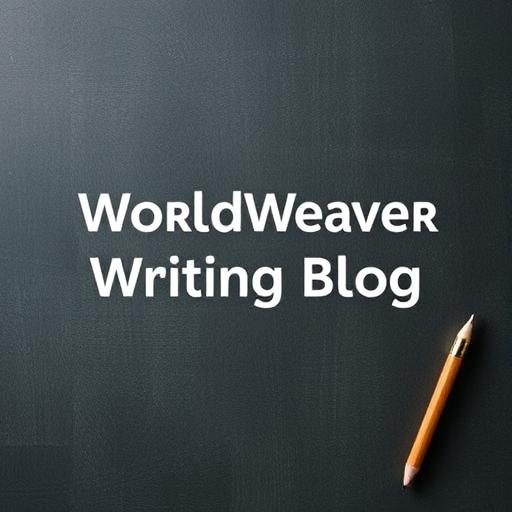Mastering the Art of Subtext and Underlying Themes in Character Development
This article explores the importance of subtext and underlying themes in character development, providing writers with practical tips and techniques to create complex and nuanced characters. By mastering these elements, writers can craft compelling stories that resonate with readers on a deeper level.

Introduction to Subtext and Underlying Themes
Subtext refers to the underlying emotions, motivations, and desires that drive a character's actions and decisions. It's the unspoken tension that simmers beneath the surface, influencing how characters interact with each other and the world around them. Underlying themes, on the other hand, are the broader ideas and messages that emerge from the narrative, often reflecting the author's perspective on the human condition. To create rich and complex characters, writers must master the art of subtext and underlying themes.
The Power of Subtext in Character Development
Subtext is what makes characters feel real and relatable. It's the hint of sadness behind a character's smile, the spark of anger in their eyes, or the underlying fear that drives their actions. By incorporating subtext into your character development, you can:
- Create nuanced and multifaceted characters
- Add depth and complexity to your story
- Build tension and conflict through unspoken emotions and motivations
- Develop characters that feel authentic and relatable
For example, consider a character who appears confident and self-assured on the surface but harbors deep-seated insecurities and doubts. This subtext can be revealed through their actions, dialogue, and body language, making them a more believable and engaging character.
Exploring Underlying Themes in Narrative Fiction
Underlying themes are the underlying messages or ideas that emerge from the narrative, often reflecting the author's perspective on the human condition. To develop underlying themes in your story, consider the following:
- Identify the core ideas and messages you want to convey
- Use symbolism, metaphor, and other literary devices to convey these themes
- Develop characters that embody and challenge these themes
- Create a narrative that explores and subverts these themes
For more information on developing themes and symbolism in narrative fiction, check out our article on developing themes and symbolism in narrative fiction for emotional resonance.
The Intersection of Neuroscience and Character Development
Recent advances in neuroscience have shed new light on the human brain and behavior, providing writers with a wealth of information to inform their character development. By understanding how the brain processes emotions, motivations, and desires, writers can create more nuanced and realistic characters. For example, research on emotional intelligence and empathy can help writers develop characters that are more relatable and human. To learn more about the intersection of neuroscience and character development, check out our article on exploring the intersection of neuroscience and character development in fiction.
Crafting Compelling Character Arcs
A well-crafted character arc is essential for creating a compelling story. By developing characters that undergo significant change and growth, writers can create a narrative that resonates with readers on a deeper level. To craft compelling character arcs, consider the following:
- Identify the character's core motivations and desires
- Develop a narrative that challenges and subverts these motivations
- Create a character that undergoes significant change and growth
- Use subtext and underlying themes to add depth and complexity to the character arc
For more information on crafting compelling character arcs, check out our article on crafting compelling character arcs for emotional resonance in fiction.
Tips for Mastering Subtext and Underlying Themes
Here are some practical tips for mastering subtext and underlying themes in character development:
- Show, don't tell: rather than telling the reader about a character's emotions or motivations, show them through action, dialogue, and body language
- Use subtext to create tension and conflict: unspoken emotions and motivations can create a rich source of tension and conflict in your story
- Develop characters that embody and challenge underlying themes: characters that reflect and subvert the underlying themes of your story can add depth and complexity to your narrative
- Use symbolism and metaphor to convey underlying themes: literary devices like symbolism and metaphor can be used to convey underlying themes and add depth to your narrative
Conclusion
Mastering the art of subtext and underlying themes is essential for creating complex and nuanced characters. By incorporating these elements into your character development, you can craft compelling stories that resonate with readers on a deeper level. Remember to show, don't tell, use subtext to create tension and conflict, and develop characters that embody and challenge underlying themes. With practice and patience, you can develop the skills necessary to create rich and complex characters that will leave a lasting impression on your readers.
Comments
Comments are hidden to save bandwidth. Load them when you want to read or leave one.







